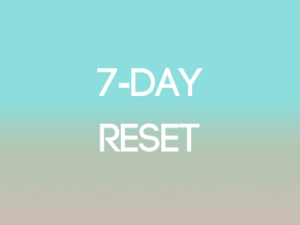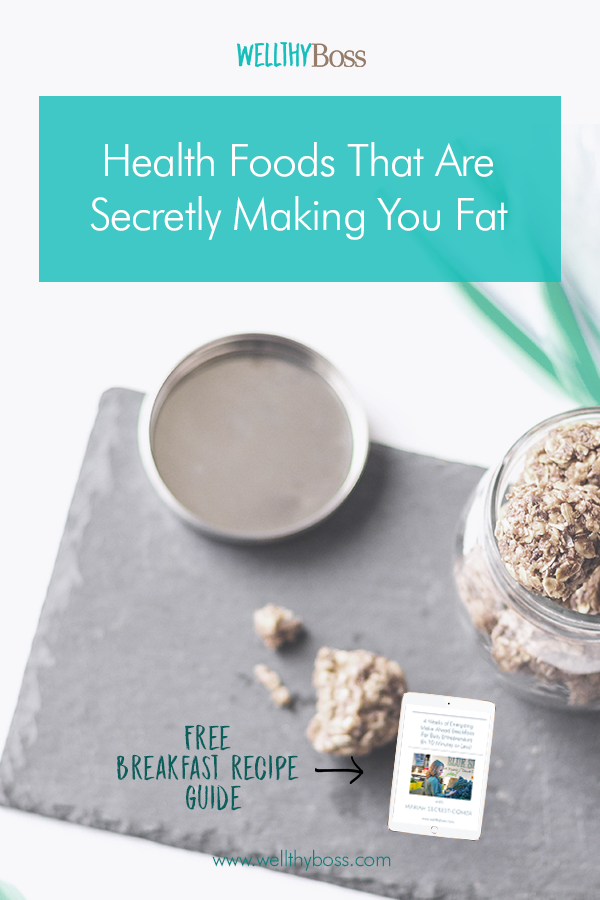
In my opinion, it’s a little unfortunate that our food choices often have a bigger impact on our weight-loss efforts than exercise. Health food trends can just be so darn confusing! Just which foods can we definitively define as “healthy”? Is yogurt fattening, or a superfood? Is juicing a weight-loss salvation, or does it fall under the “sugar camp”?
I still remember my grandma trying to get my grandpa to cut down on his morning eggs for breakfast when I was a kid, because she didn’t want him to have the cholesterol. Of course in recent years, however, we’ve learned that eggs are one of the best things we can be eating. And then that doesn’t even touch the fact that we recently learned my husband actually has a food sensitivity to eggs, so they are BACK on the bad list…but only for him.
UGH!!!
In an effort to help my clients compliment their workouts with nutrition that helps move them towards their goals, one thing has become apparent—that much of what we have been instructed to eat for the past 20 years has been from the mouths of those who have something to sell or an industry to protect—food industries, government subsidies on agriculture, beef and dairy industries, etc.
(Where do you think that “Milk, it does a body good” campaign came from? It wasn’t from a group of concerned moms! Check out this link if you’re curious.)
So while we don’t have room today to tackle all the possible “good angel, bad angel” food conversations today, here are some definite sneaks that you need to be aware of:
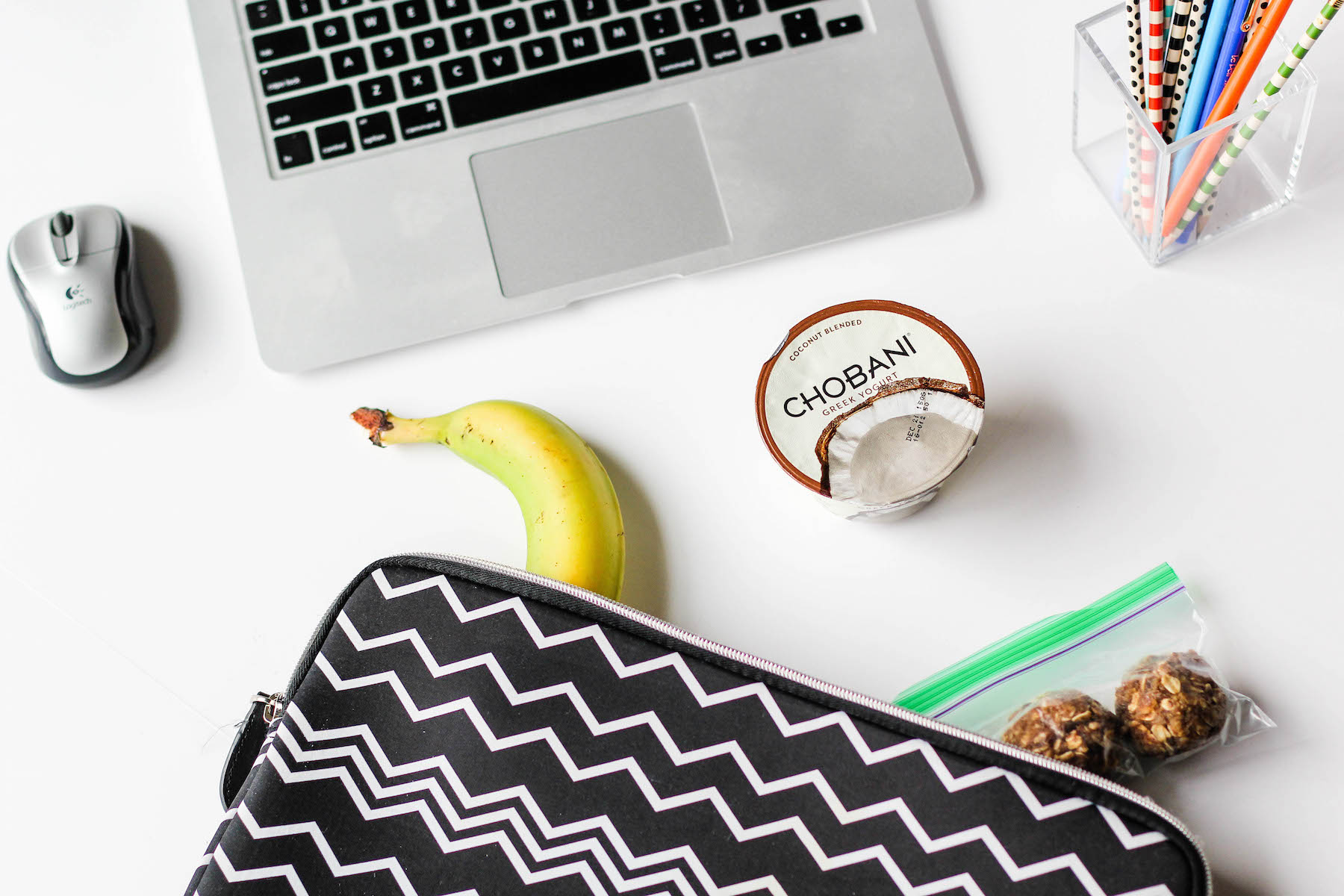
Yogurt: Not to keep picking on the milk industry. Though some people do have sensitivities to milk products and should avoid them, I don’t necessarily suggest tee totaling on all dairy. What is sneaky about yogurt is how it’s marketed and served—in temptingly portable cups with decadent, too-good-to-be-true dessert flavors. And indeed they are.
Most individual flavored yogurt cups (including Greek yogurt) includes as much added sugar as a candy bar. The lactose naturally occurring in the yogurt itself already provides enough sugar on its own. Try mixing in some berries to plain yogurt or, if you must have a sweetener, use a tiny squeeze of agave nectar which metabolizes more slowly than cane sugar.
If you absolutely cannot give up your convenient, hits-the-spot yogurt cups, I recommend ChobaniSimply 100, which is sweetened mostly with stevia and thus won’t have quite the blood-sugar insulin impact that other yogurts do.
Juice: I did a lot of babysitting in my earlier days. (A LOT!) I think I’ve spent more time with kids than some parents have. Juice seems to be a universal among kids—almost twenty years later I can still remember a blonde toddler going into hysterics wailing, “Juice, juice…JUICE!!” when I cut her off after a couple glasses. And there’s a reason kids crave juice—it’s full of sugar!
I know what you’re thinking—but it’s natural sugar. And it is. I don’t hate on fruit. Though I know there are differing theories, I rely on basic intuition that tells me if something is from the ground and is loaded with vitamins and minerals, there’s no need to avoid it. But that’s in whole-fruit form. Juice was never intended to be pressed and wrung out from the fiber and flesh that accompanies it—when this happens, the natural sugars become too concentrated for our livers to handle all at once, and it signals our bodies to store the sugars away as fat.
(For more on this, listen to this interview with JJ Virgin on The Chalene Show podcast. Though I don’t share her somewhat-extreme views on eliminating fruit altogether, the juicing component definitely makes sense to me.)
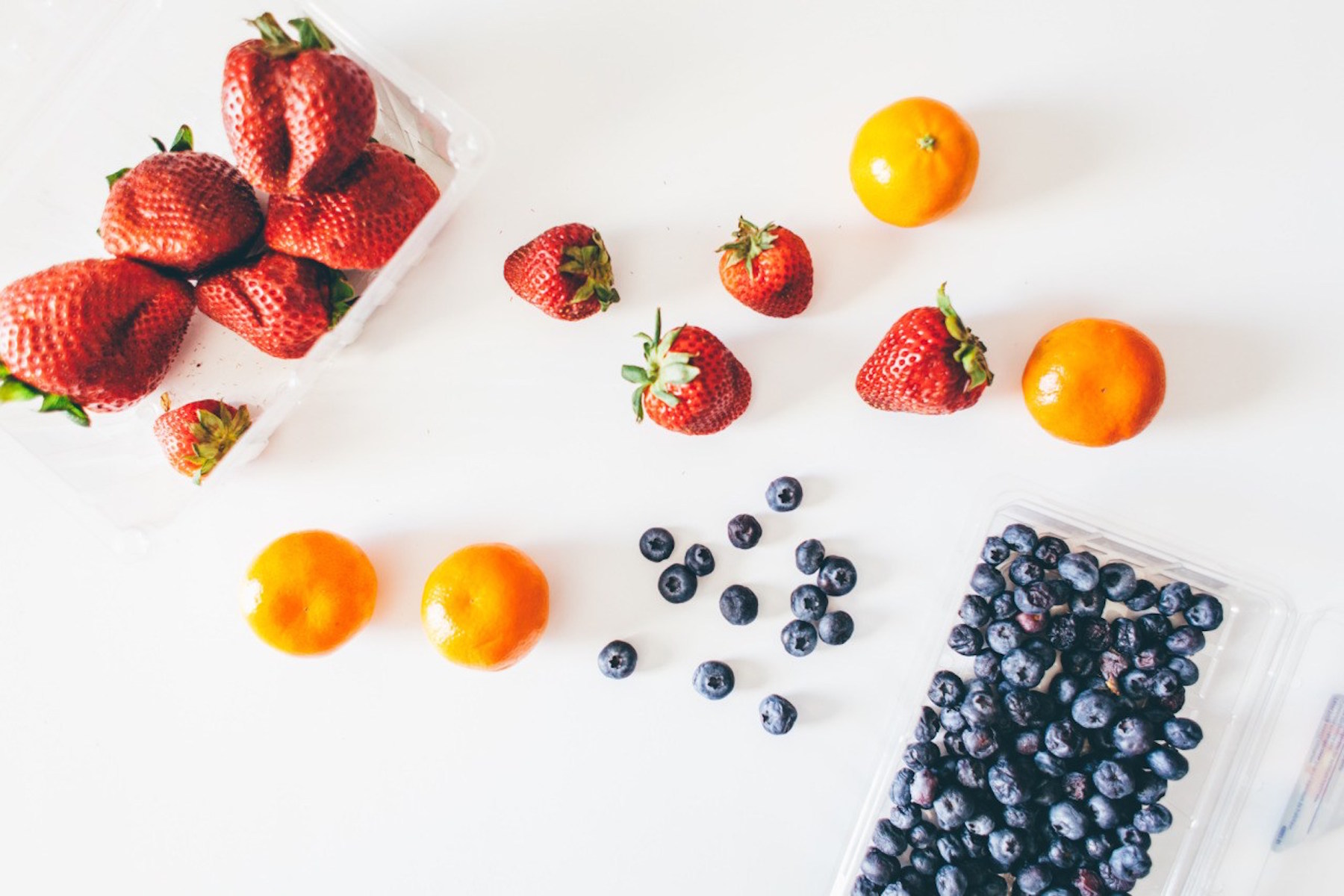
But what about the glamour of this juicing/cleansing/detox trend? It sounds so appealing, right? For my opinion on juice cleanses, read my post Cleanses: Hip or Hype? If you still want to look cool and get in on the detox action, opt for green smoothies, where the rest of the fruits and vegetables are blended in, instead of juices. I like the ones from the café at Whole Foods or you can make your own.
Protein/Energy Bars: This category as a whole gets a C+, not an F. The reason being for that is there is a WIDE range of offerings available. But unfortunately, more of them fall onto the less healthy side of the scale thanks to again the ubiquitous presence once again of…you guessed it…sugar. (Are you seeing a pattern here?) When picking a protein bar, it’s a must must MUST to flip the bar over to look at the back label.
The first thing I check is sugar. Look for less than 10 grams (which may not sound like much, but is actually over two teaspoons.) You’ll be surprised how few fall into this less-than-10-grams category. The second thing I look for is calorie content. Not that you need to obsess over every number, but if a bar has 250 or 300 calories, that’s almost bordering on a meal. Just be aware. The third thing I look for is protein. If it has less than 15 grams, it’s probably not doing a whole lot for you. The fourth thing I look for is how many ingredients there are that I can’t pronounce. Even if you’re counting the bar as a meal, compare swallowing all those chemicals and artificial ingredients with a meal chock-full of colors, produce, and whole-food properties.
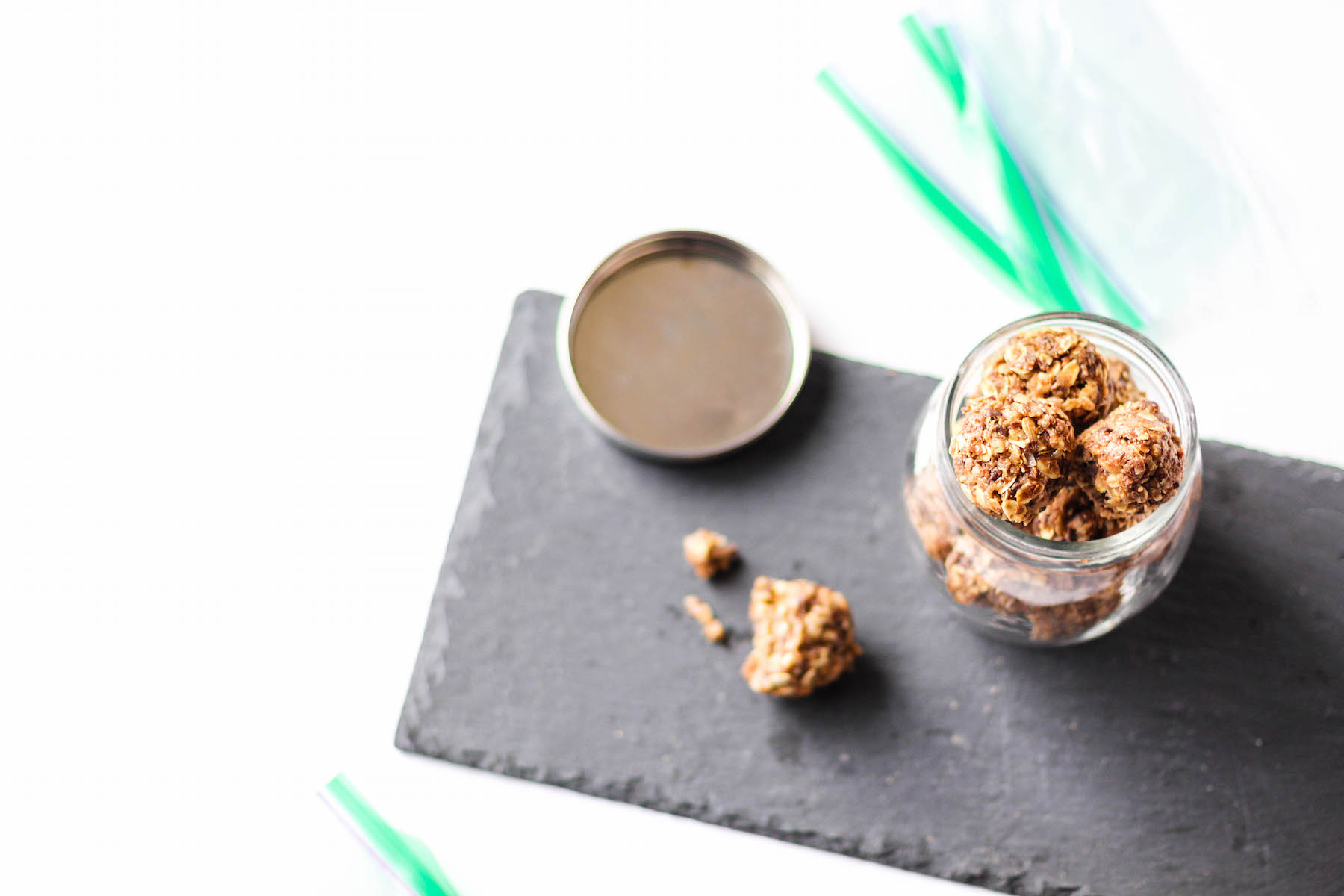
The protein bar that stacks up highest in all these categories, in my opinion, is the Quest bar. But even with these, there are still a handful of shadowy ingredients and who-knows-what-kind-of-processing going on behind the scenes.
I admit that at times I have definitely relied too fully on protein bars as a substitute for real food. In a pinch, they can work to tide you over so you don’t reach for something worse. Or sometimes they can be a nice substitute for a sweet treat or dessert, if you pick the right one. But try to leave them in those categories, and let your 3-meals-a-day consist of food that actually looks like food.
I often hear from my personal training clients that they are already eating healthy, and in their minds, they are.
They’ve been eating what they’ve been “told” to eat by commercials, the government, and slick marketing efforts.
And then they get frustrated that they can’t lose weight.
It’s a really frustrating thing to think you’re making an effort to eat well, when in reality you’re actually sabotaging your weight-loss goals.
So I hope this helps cut through a little of the confusion and shows you some areas you can, quite literally, tighten your belt around.
What other “health” foods are you unsure about? Leave a comment below, then download my Free Breakfast Recipe Guide to replace your a.m. yogurt, juice, and protein bar with something even more satisfying and infinitely healthier!



